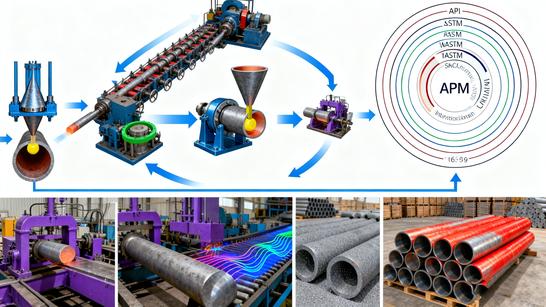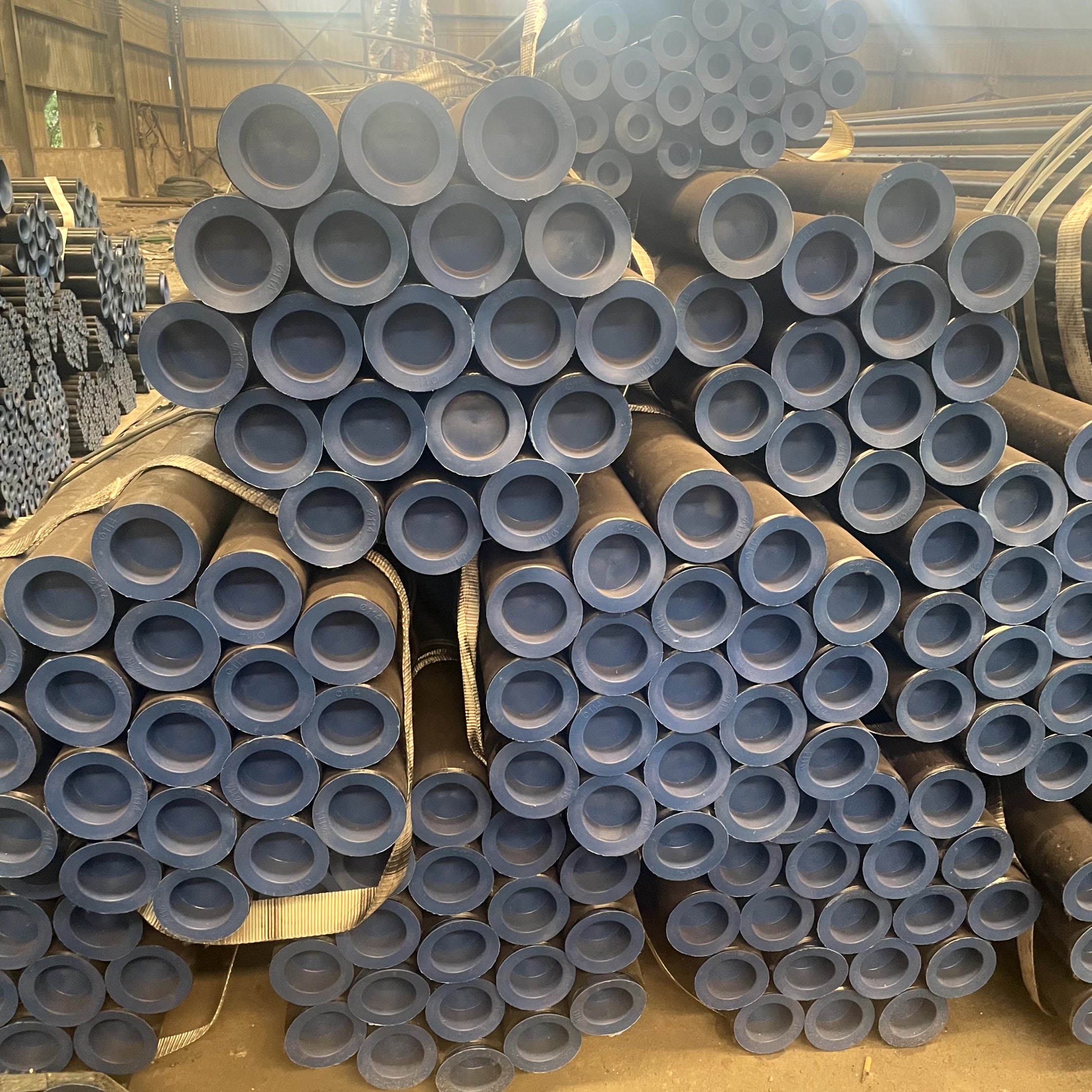The industrial world is facing a fundamental transformation, and the seamless pipe sector is at its forefront. For critical infrastructure, performance is non-negotiable, but today, neither is sustainability. The shift to eco-friendly pipe manufacturing is not just an ethical choice—it is a strategic imperative that secures a sustainable steel production future.
As manufacturers, we are committed to minimizing our environmental footprint across the entire value chain, from billet to finished pipe. Here is how we are leading the way toward genuinely low-carbon production through energy efficiency and a circular economy model.
1. The Core Transformation: Achieving Low-Carbon Production
Traditional seamless pipe manufacturing, which relies on high-heat processes, has historically been carbon-intensive. The revolution lies in adopting greener steelmaking processes.
1.1. Leveraging Electric Arc Furnace (EAF) Technology
The Electric Arc Furnace (EAF) is the cornerstone of low-carbon production for seamless pipes.
-
Recycled Steel Input: EAFs primarily use recycled ferrous scrap as their main raw material (up to 90%+), drastically reducing the need for virgin iron ore mining and the associated environmental damage.
-
Energy and Carbon Reduction: EAF steel production consumes significantly less energy (up to 70% less) and generates far lower $\text{CO}_2$ emissions compared to the conventional Blast Furnace-Basic Oxygen Furnace (BF-BOF) route.
1.2. The Green Energy Transition
We are actively transitioning our operations to renewable power sources to achieve carbon neutrality in our Scope 2 emissions:
-
Renewable Power Purchase: Securing contracts with energy providers for 100% certified green electricity (wind, solar) to power our mills and production lines.
-
Decarbonization Pathways: Investing in research for future-proof technologies, including the eventual use of Green Hydrogen for iron reduction, moving us toward a near-zero-emission steel base.
2. Operational Efficiency: Energy Efficiency and Recycling
Beyond the raw material, daily operations in seamless pipe manufacturing are optimized for resource conservation and efficiency.
2.1. Energy Efficiency in Manufacturing
-
Advanced Heating Systems: Upgrading pre-heating furnaces and rotary hearth furnaces with high-efficiency burners and optimized combustion controls to reduce natural gas consumption.
-
Heat Recovery and Reutilization: Implementing sophisticated heat exchange systems to capture waste heat from cooling processes and rolling operations, reusing it to pre-heat materials or power auxiliary systems, thereby cutting overall energy demand.
-
Variable Speed Drives (VSDs): Utilizing VSD technology on motors for rolling mills, pumps, and fans to precisely match power consumption to demand, eliminating wasteful over-sizing.
2.2. Embracing the Circular Economy (Recycling)
Steel is infinitely recyclable, making seamless pipes a fundamentally sustainable product over their lifecycle. Our commitment to recycling is twofold:
-
Internal Scrap Management: All scrap generated during the piercing, rolling, cutting, and finishing stages is meticulously collected and fed directly back into our EAF process, ensuring zero material waste.
-
Product Longevity: By prioritizing corrosion resistance and superior mechanical properties, our eco-friendly pipes offer extended service life, minimizing the need for frequent replacement and lowering the long-term resource burden on our customers.
3. The Sustainable Supply Chain: From Certification to Transparency
True sustainability requires accountability across the entire supply chain.
-
Sustainable Sourcing: We adhere to strict supplier codes of conduct, ensuring that all purchased raw materials (alloys, chemicals, refractories) are ethically and responsibly sourced with minimized environmental impact.
-
Global Certification: Achieving and maintaining internationally recognized standards, such as LEED certification for industrial facilities, and providing clear, auditable documentation (Environmental Product Declarations - EPDs) to quantify the embodied carbon of our pipes.
-
Packaging and Logistics: Optimizing packaging materials to be recyclable and planning logistics for maximum efficiency, which reduces fuel consumption and transport-related COz emissions.
The future of critical infrastructure is seamless, strong, and green. By integrating these practices, we ensure that every meter of pipe we produce contributes not only to the strength of your projects but also to the health of our planet. Choosing a sustainable seamless pipe supplier is choosing responsible performance.





